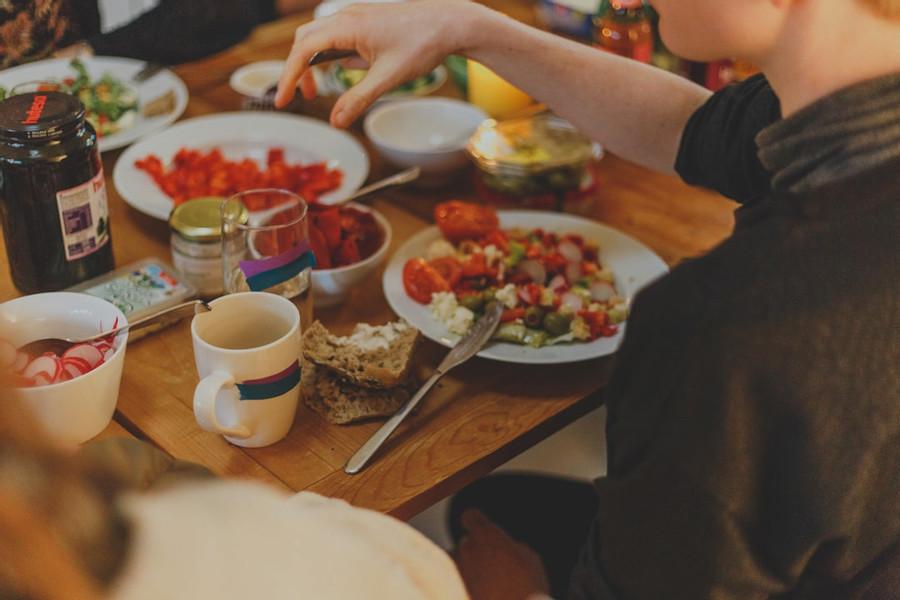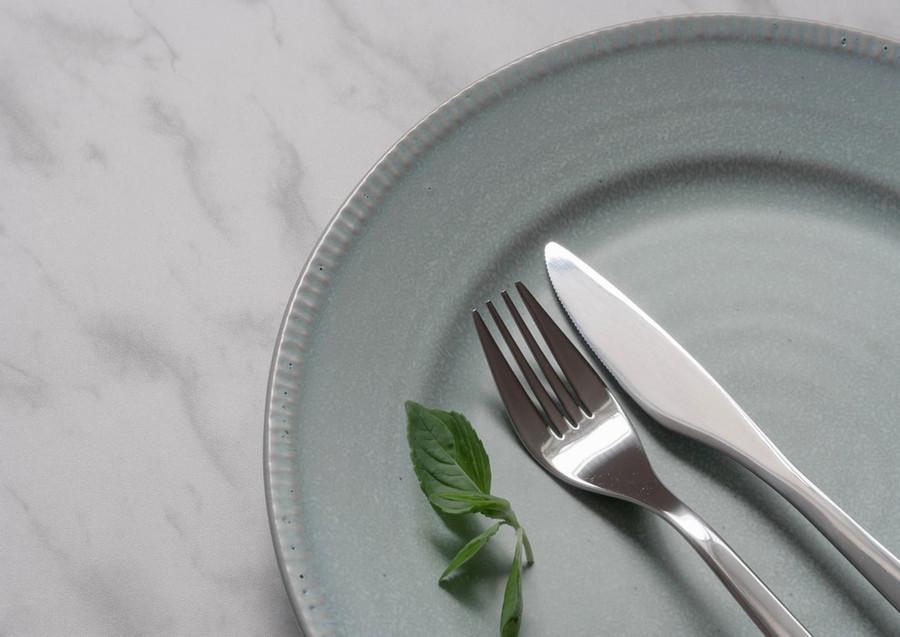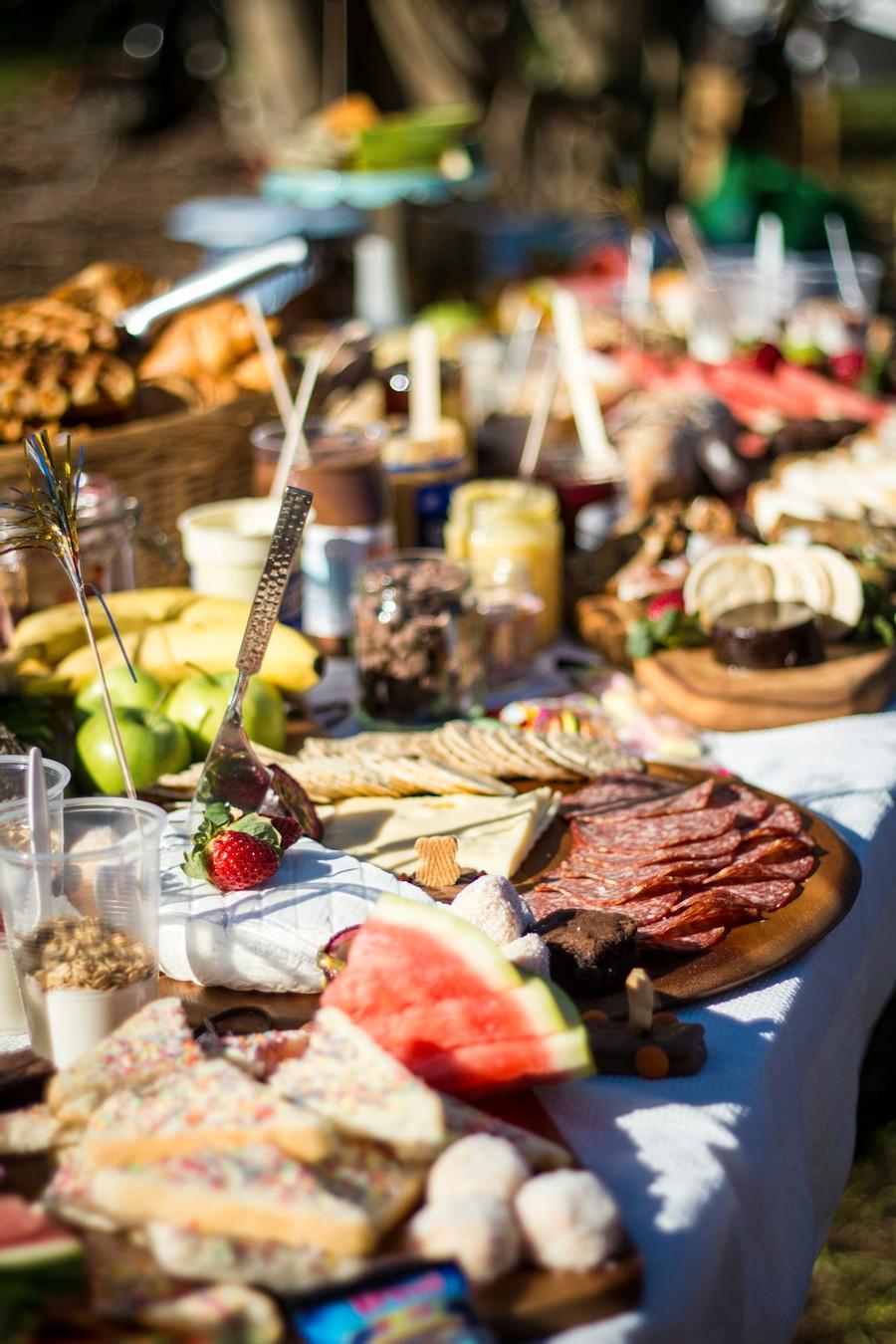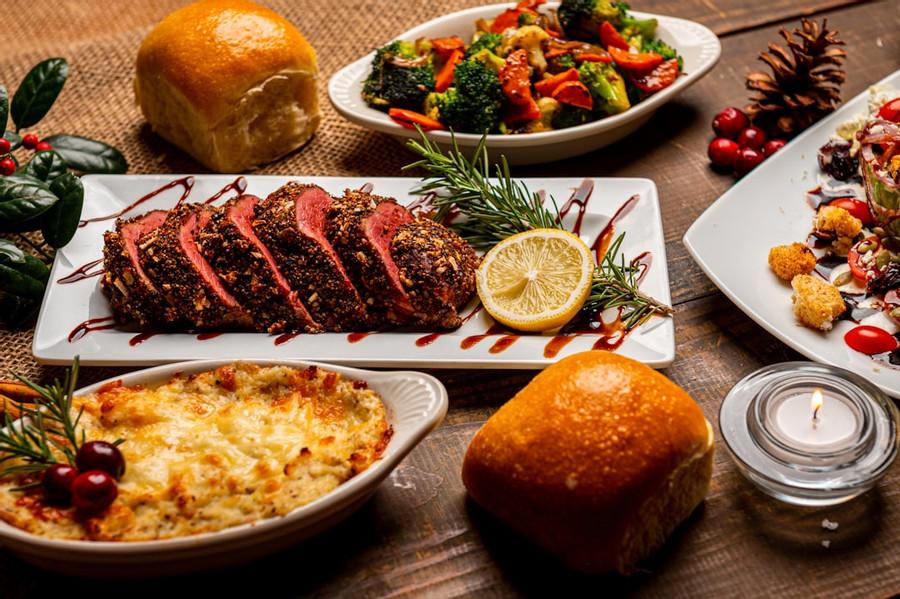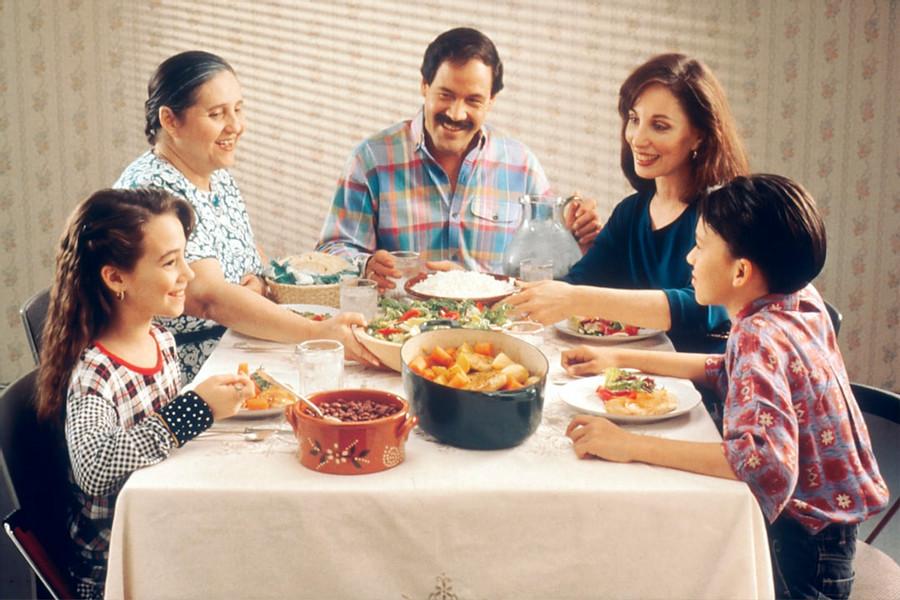Explore the World's Best Ideas
Join today and uncover 100+ curated journeys from 50+ topics. Unlock access to our mobile app with extensive features.
How We Eat Matters
The choices we make before and during eating food, and the ways in which we engage with it can be crucial to our health.
What our meals look and smell like, whether we eat them with forks or fingers – even the music we’re listening to while eating or food shopping can all play a role in how healthily we eat.
The following techniques will help you “trick” your brain into making better decisions for your body.
12
92 reads
Use Heavier Cutlery or – Better Still – No Cutlery at All
Many of us now know that serving meals on a smaller plate can control how much we eat, because our brains believe there to be more food there than there actually is. This has a profound effect on satiety (how full you feel), yet the brain can also be fooled by the tools we use: heavier cutlery enhances our appreciation of it, as does eating with our hands, which engages our senses and makes us more mindful.
15
102 reads
Make Eating as Sensory an Experience as Possible
Anything you can do to pay more attention and eat more slowly, to be more mindful in the moment, will likely enhance the sensations associated with eating and mean that you are satisfied with less.
Not only will this affect satiety, it could also help you make healthier choices – and enjoy those choices more. If it’s true that 75%-95% of what we taste, we really smell, then the aroma is really important. Yet many of our food behaviours are not optimised for that. If you’re drinking coffee from a takeaway cup with a lid, you’re missing a key part of the experience.
14
74 reads
Cook – and Eat – with Your Eyes
We eat first with our eyes, and that dictates much of our experience. Indeed, by shaping our expectations, the appearance of foods has even been shown to influence what we taste when we eat them; so a big, beautiful salad boasting a variety of leaves and colours and textures won’t just look better than a handful of spinach; it will taste better, too. We should also remember that we eat with our eyes when it comes to premade food, particularly when it’s something asymmetrical (or without a uniform appearance).
11
65 reads
Front Load Your First Mouthful
There’s a reason the first bite of a chocolate bar tastes better than subsequent bites; the first bite is novel, then our taste buds become habituated. Even when the flavour of each bite or slurp is slightly different, if it looks the same our brain tends to assume that the taste also remains the same. The flipside of that is that we can use this reaction to our advantage and reduce the quantity of unhealthy food we consume by packing as much of it as possible into that first mouthful. This is harder to do at home but it is coming into play in the design of readymade foods.
12
65 reads
Choose Your Music Carefully – and Turn Down the Volume
People will drink about 30% more if the music is fast and loud. There is emerging evidence to suggest loud noises trigger less healthy food behaviours which might be because there’s so much noise, you can’t really taste what you’re eating.
Genre matters too: listening to jazz and classical music increases people’s preferences for healthy savoury foods more than American rock, for example, which leads us more towards burger and chips; something to bear in mind if you’re listening to music while shopping.
16
66 reads
Make Shared Meals as Engaging and Memorable as Possible
It is true that we tend to eat more in the company of others but one doesn’t want to recommend eating alone at least, not habitually. There are ways to enhance the sensory experience of a communal meal and encourage diners to focus on the food as well as the conversation. One is to get people involved in the process: serving up in dishes so they can help themselves or encouraging them to customise their plate with, say, herbs or seasonings. It elicits the so-called Ikea effect. They feel ownership for what they’re eating
11
51 reads
IDEAS CURATED BY
CURATOR'S NOTE
Ditching the cutlery, scoffing a big first bite and discussing the carrots can help rewire our brains and make us more mindful of our meals
“
Similar ideas
11 ideas
What Is Mindful Eating?
verywellmind.com
10 ideas
Can We Move Beyond Food?
discovermagazine.com
3 ideas
Read & Learn
20x Faster
without
deepstash
with
deepstash
with
deepstash
Personalized microlearning
—
100+ Learning Journeys
—
Access to 200,000+ ideas
—
Access to the mobile app
—
Unlimited idea saving
—
—
Unlimited history
—
—
Unlimited listening to ideas
—
—
Downloading & offline access
—
—
Supercharge your mind with one idea per day
Enter your email and spend 1 minute every day to learn something new.
I agree to receive email updates

